
Choosing the right type of research is the foundation of a successful research project. Each research type comes with specific methods, goals, and approaches that shape how data is collected, analyzed, and interpreted.
Understanding these research types not only helps you design better research but also allows you to ask the right questions, use appropriate methods, and generate meaningful results. With modern tools like the Eureka AI Agent, the research process is evolving — making research design smarter, faster, and more reliable.
This guide provides a complete breakdown of the main types of research, methods, real-world examples, and how integrating AI technology like Eureka can help researchers build better research designs.
What is Research?
Research is a systematic, scientific, and objective investigation conducted to discover new information, validate existing knowledge, or solve problems. It involves a step-by-step approach to identifying a problem, collecting relevant data, analyzing the information, and drawing meaningful conclusions.
The goal of research is to provide evidence-based insights that contribute to knowledge, innovation, and practical applications across different fields.
Main Types of Research and Their Characteristics
Research can be classified into several types based on its purpose, methodology, nature of data, and approach. Below are the key types of research you need to know.
1. Basic (Pure) Research
Basic research aims to expand fundamental knowledge without immediate practical application. It focuses on discovering new theories, concepts, or principles.
Characteristics:
- Driven by curiosity and theoretical exploration
- Seeks to understand “why” and “how” things happen
- Not directly linked to solving specific problems
Example:
Research exploring new chemical properties of graphene materials.
2. Applied Research
Applied research focuses on finding practical solutions to real-world problems. It uses existing knowledge to create or improve products, processes, or technologies.
Characteristics:
- Problem-solving oriented
- Results have direct industrial, medical, or social applications
- Often collaborative between academia and industry
Example:
Developing eco-friendly packaging materials based on biodegradable polymers.
3. Quantitative Research
Quantitative research involves collecting and analyzing numerical data to uncover patterns, relationships, or trends.
Common Methods:
- Surveys with structured questionnaires
- Experiments measuring variable effects
- Statistical analysis and mathematical modeling
Example:
Surveying 1,000 consumers to measure brand satisfaction levels.
4. Qualitative Research
Qualitative research focuses on understanding human behavior, perceptions, and experiences through non-numerical data.
Common Methods:
- In-depth interviews
- Focus group discussions
- Case studies and ethnographic studies
Example:
Studying customer preferences through one-on-one interviews about their buying habits.
5. Mixed Methods Research
Mixed methods research combines both quantitative and qualitative approaches to gain a deeper understanding of the research problem.
Characteristics:
- Uses both numerical and descriptive data
- Provides a comprehensive view of complex issues
- Balances statistical trends with human insights
Example:
Evaluating a healthcare program using patient satisfaction surveys (quantitative) and doctor interviews (qualitative).
Other Important Types of Research
Descriptive Research
- Focus: Describe characteristics of a population or phenomenon
- Methods: Observation, surveys, case studies
Analytical Research
- Focus: Analyze existing data and facts to evaluate a problem
- Methods: Statistical analysis, literature reviews
Experimental Research
- Focus: Establish cause-and-effect relationships
- Methods: Controlled experiments with manipulated variables
Longitudinal Research
- Focus: Study the same subjects over a long period
- Methods: Repeated observations over months or years
Exploratory Research
- Focus: Investigate unknown problems or new topics
- Methods: Interviews, literature search, pilot studies
Empirical Research
- Focus: Based on direct or indirect observation and experimentation
- Methods: Data collection through real-world observation or instruments
Examples of Research Methods Used in Different Types of Research
| Type of Research | Common Methods | Example |
|---|---|---|
| Basic Research | Theoretical modeling, laboratory experiments | Studying DNA mutation patterns |
| Applied Research | Field trials, prototype development | Designing energy-saving smart homes |
| Quantitative Research | Surveys, experiments, statistical tools | Measuring consumer behavior trends |
| Qualitative Research | Interviews, focus groups, case studies | Exploring workplace culture |
| Mixed Methods | Surveys + Interviews, Case Studies + Statistics | Evaluating education programs |
How to Improve Research Design Using Eureka AI Agent
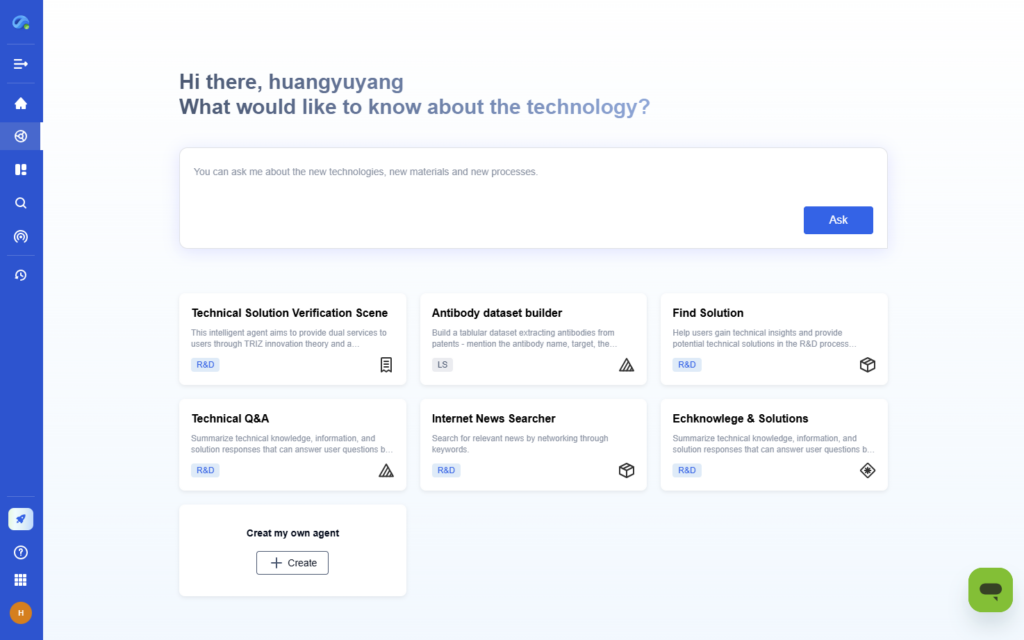
Modern research is becoming increasingly complex. AI-powered tools like Eureka AI Agent are transforming research design by supporting researchers at every stage.
1. Defining Research Problems Accurately
→ Eureka’s Problem Structuring Capability helps researchers break down complex challenges, identify key variables, and structure clear research objectives.
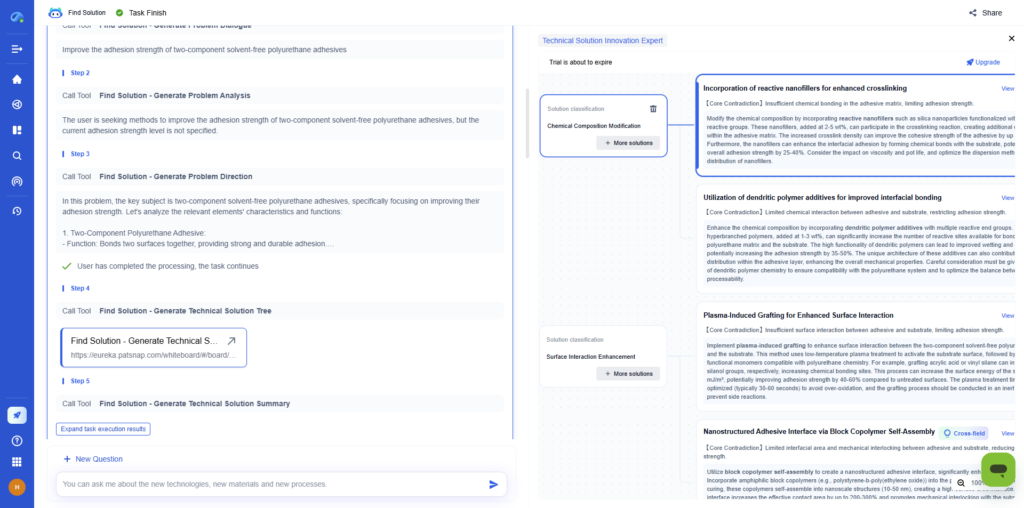
2. Recommending Best Research Strategies
→ Eureka provides personalized suggestions for suitable methodologies based on global best practices, technical standards, and real-world examples from patents and papers.
3. Automating Literature Review and Data Collection
→ Instead of manually searching across multiple databases, Eureka offers AI-powered technical Q&A and validated data sourcing from integrated platforms.
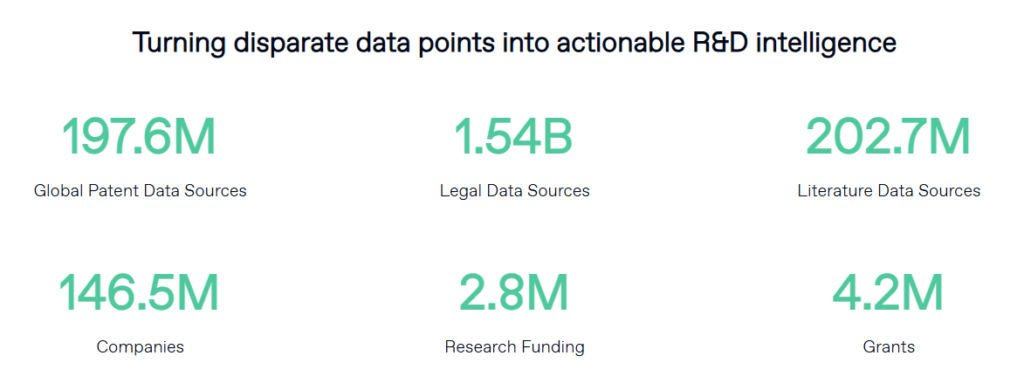
4. Visualizing Multiple Research Pathways
→ Eureka builds Technical Solution Trees, helping researchers explore alternative research directions or solutions with clarity and depth.
5. Validating Research Methods
→ Eureka ensures your selected methods are supported by validated case studies and experimental data, increasing reliability and confidence in your design.
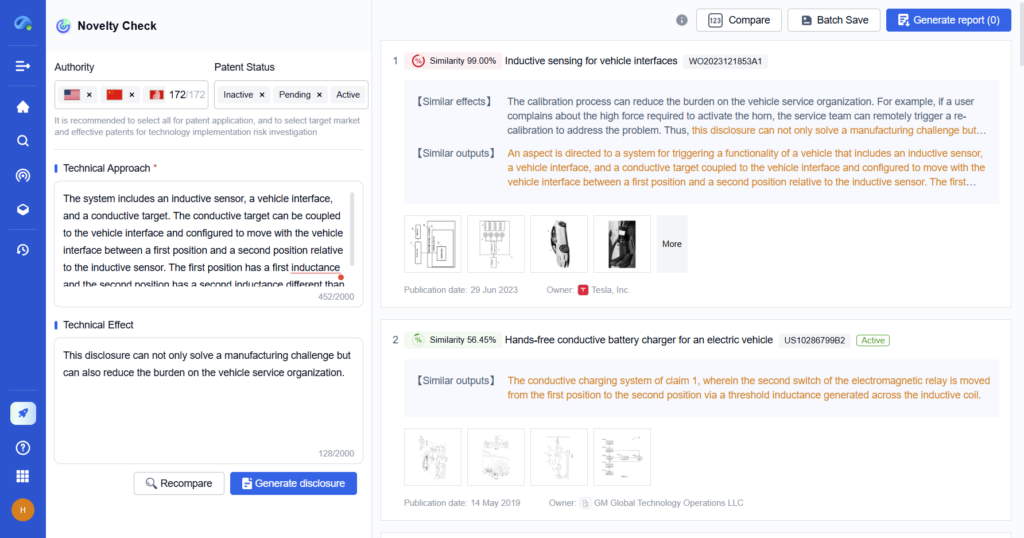
6. Enhancing Novelty and Originality
→ Eureka’s AI Novelty Search scans global research outputs, patents, and technical literature to ensure your research is original and avoids duplication.
7. Structuring Research Output for Publication or IP Filing
→ Eureka helps organize research findings into structured knowledge assets, making it easier to prepare technical reports, academic publications, or patent applications.
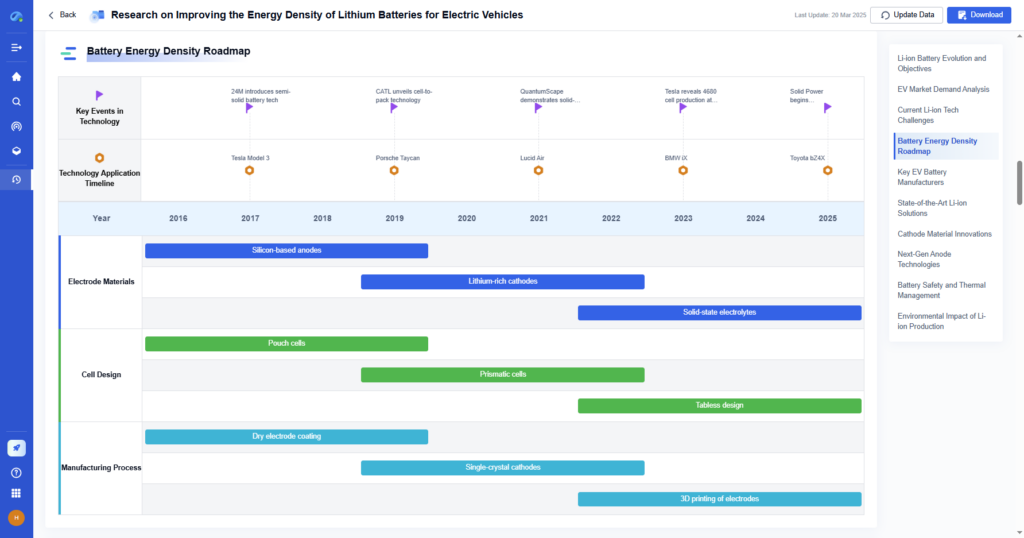
Final Thoughts
Selecting the right type of research and designing an effective research strategy is critical for producing meaningful, credible, and impactful results. Whether you’re conducting basic research for new discoveries or applied research to solve real-world problems, understanding the different types of research and their methods is essential.
Integrating AI tools like Eureka AI Agent into your research design process not only accelerates your workflow but also ensures your research is smarter, more innovative, and aligned with global best practices.
In today’s fast-evolving research landscape, combining human expertise with AI-powered insights is no longer an option — it’s the future of high-impact research.
To get detailed scientific explanations of Types of Research, try Patsnap Eureka.


